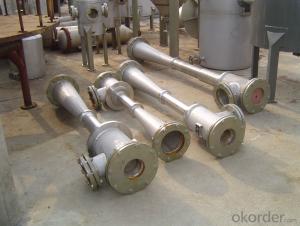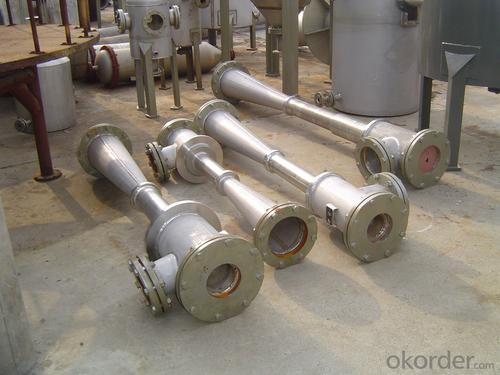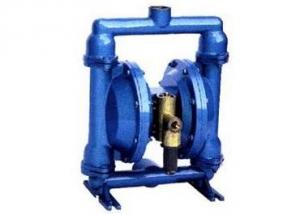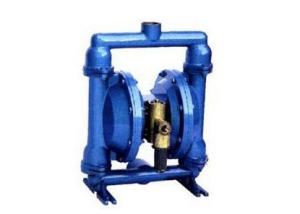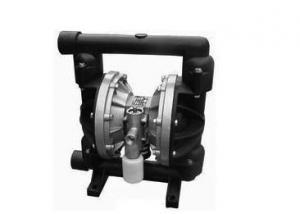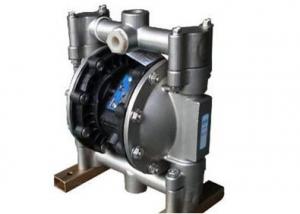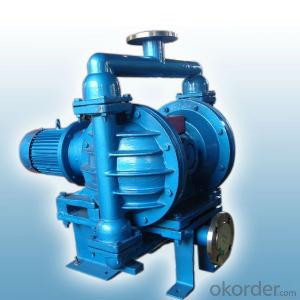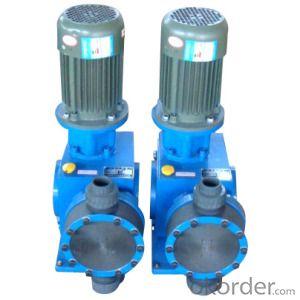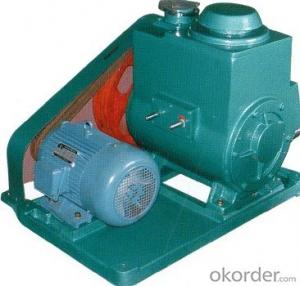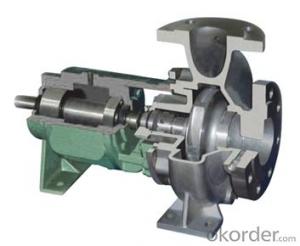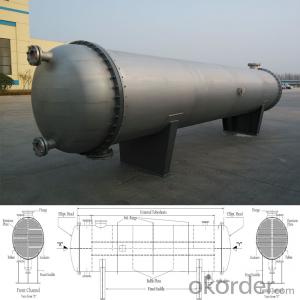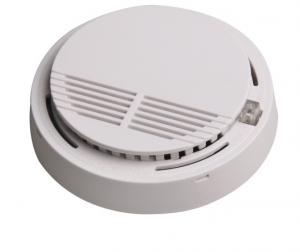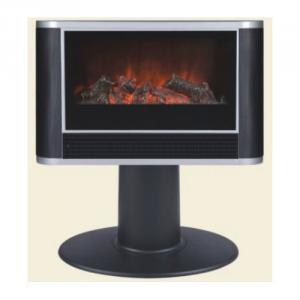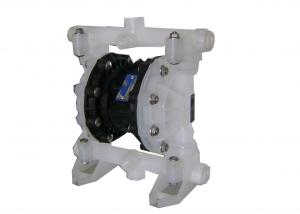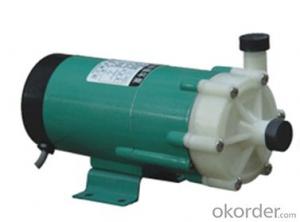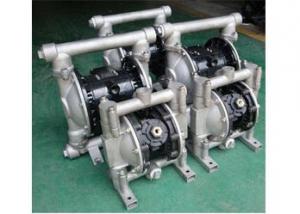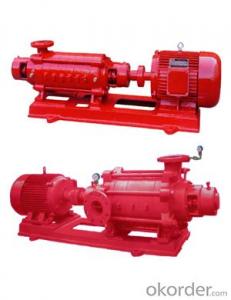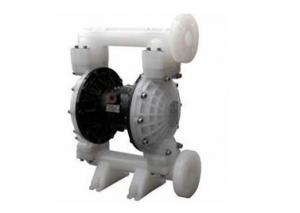steam jet heater
- Loading Port:
- China Main Port
- Payment Terms:
- TT OR LC
- Min Order Qty:
- -
- Supply Capability:
- -
OKorder Service Pledge
OKorder Financial Service
You Might Also Like
Specifications
Steam Jet Vacuum Pump employ a number steam jet ejectors, connected in series, to achieve vacuum down to a minimum 0.01 mbar abs
Single Stage Steam Ejector Advantages
Ability to manage very large flow volumes of up to 1,000,000 m³/h
High standard of operational reliability and vacuum performance
Low investment costs in comparison to other possible alternatives
No difficulties in the case of process media with a strong tendency towards fouling and resistance to clogging by small amounts of solids or liquids
No moving parts
Practically maintenance free
Corrosion/erosion resistance by choosing suitable material
Easy installation
Simple compact construction
Multi Stage Steam Ejector Advantages
Volume flows up to 2,000,000 m³/h
Resistant to contamination by process flows
High operating reliability and low breakdown susceptibility
Low investment costs
Wide range of materials for different applications
Adjustment of motive flow according to cooling water temperature to minimize steam consumption
Wide range of installation options (mixing/surface condensers, barometric/non-barometric installation) to satisfy application requirements
In multi stage steam ejector both direct contact (mixing type) and surface type condensers are possible.
It is also possible to use combination units of ejectors and liquid ring vacuum pumps, allowing for exploiting the advantages of both equipments.
- Q: Can an air pump be used for inflatable stand-up paddleboards?
- Yes, an air pump can be used to inflate stand-up paddleboards. In fact, most inflatable stand-up paddleboards come with a manual or electric air pump specifically designed for this purpose. These pumps typically have the necessary attachments and pressure gauges to ensure proper inflation. Using an air pump allows for easy and convenient inflation, making it a popular choice for paddleboard owners.
- Q: What is the minimum noise level of an air pump?
- The specific model and brand play a significant role in determining the minimum noise level of an air pump. Nevertheless, air pumps are generally engineered to function quietly in order to minimize disturbances. Most air pumps produce noise levels ranging from 30 to 50 decibels (dB). To provide perspective, 30 dB is equivalent to a whisper or quiet library, while 50 dB is similar to the sound of a moderate rainfall or background conversation. Certain high-end air pumps are even designed to operate below 30 dB, which is considered exceedingly quiet. It should be noted that the noise level can also vary depending on the air pump's size, power, and the quality of its components and construction. Additionally, performing regular maintenance and placing the air pump correctly can further decrease noise levels.
- Q: Can an air pump be used for inflatable party favors?
- Yes, an air pump can be used for inflating party favors.
- Q: How portable are air pumps?
- Air pumps are highly portable devices. They are typically small in size and lightweight, making them easy to carry and transport. Most air pumps are designed to be portable, allowing users to inflate and deflate items wherever they go, whether it's at home, outdoor activities, or while traveling.
- Q: How does an air pump handle variations in altitude?
- An air pump handles variations in altitude by adjusting the pressure it generates to compensate for the changes in atmospheric pressure. As altitude increases, the atmospheric pressure decreases, which means there is less force pushing air into the pump. To counteract this, the air pump will increase its pressure output to ensure that the desired volume of air is being pumped. Similarly, when descending to lower altitudes where the atmospheric pressure is higher, the air pump will decrease its pressure output to prevent overinflating or damaging the objects being inflated. This ability to regulate pressure allows the air pump to effectively handle variations in altitude and maintain consistent performance regardless of the external atmospheric conditions.
- Q: Are air pumps suitable for inflating air loungers for camping?
- Yes, air pumps are suitable for inflating air loungers for camping. Air pumps provide a quick and efficient way to inflate air loungers, ensuring they are properly filled and ready for use during camping trips.
- Q: Can an air pump be used for inflatable holiday decorations?
- Yes, an air pump can definitely be used for inflatable holiday decorations. In fact, it is one of the most common and efficient ways to inflate these decorations. An air pump provides a steady stream of air that can quickly and easily fill up inflatable holiday decorations such as Santa Claus figures, Christmas trees, snowmen, and more. It saves you time and effort compared to manually blowing them up by mouth, and ensures that the decorations are properly inflated. Just make sure to use the appropriate nozzle attachment for your specific inflatable decoration, and follow the instructions provided with the air pump and the decoration for optimal usage.
- Q: How does an air pump affect air quality?
- An air pump does not directly affect air quality as its main function is to circulate and move air rather than purify or filter it. However, if the air being pumped is already contaminated or contains pollutants, the pump can contribute to spreading those pollutants throughout the area.
- Q: What are the common features of an air pump?
- An air pump typically consists of several key components. These include a motor or engine, an air intake or suction port, an air outlet or discharge port, a pressure gauge, and a control or switch. The motor or engine plays a crucial role in powering the pump and generating the required airflow. Meanwhile, the air intake or suction port enables the pump to draw in the surrounding air or gas. Once pressurized, the compressed air or gas is expelled through the air outlet or discharge port. To ensure the proper regulation of the air being pumped, a pressure gauge is incorporated into the pump. Lastly, a control or switch is provided to allow the user to start or stop the pump as needed. These features are commonly found in various types of air pumps, including those used for inflating tires, aquariums, or air mattresses.
- Q: Can an air pump be used for inflatable marketing props?
- Yes, an air pump can be used for inflatable marketing props. Air pumps are designed to inflate objects by forcing air into them, making them an ideal tool for inflating marketing props such as inflatable signs, balloons, or product replicas. They are efficient and convenient, allowing for quick and easy inflation of large-scale promotional items. Additionally, air pumps typically come with different nozzle attachments to accommodate various types of inflatables, providing versatility in their usage. Overall, an air pump is a practical and effective tool for inflating marketing props and can help businesses create eye-catching and impactful promotional displays.
Send your message to us
steam jet heater
- Loading Port:
- China Main Port
- Payment Terms:
- TT OR LC
- Min Order Qty:
- -
- Supply Capability:
- -
OKorder Service Pledge
OKorder Financial Service
Similar products
Hot products
Hot Searches
Related keywords
